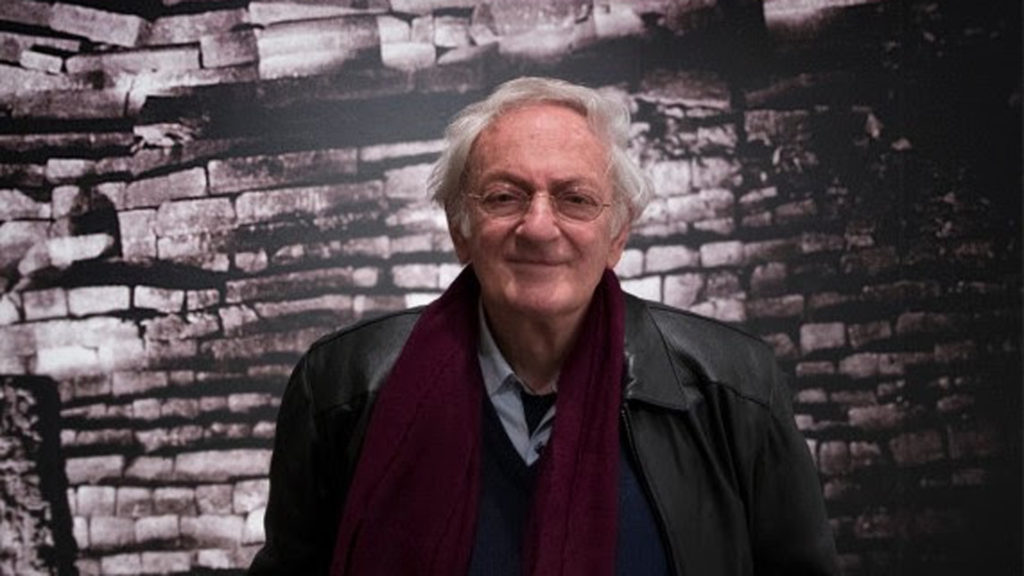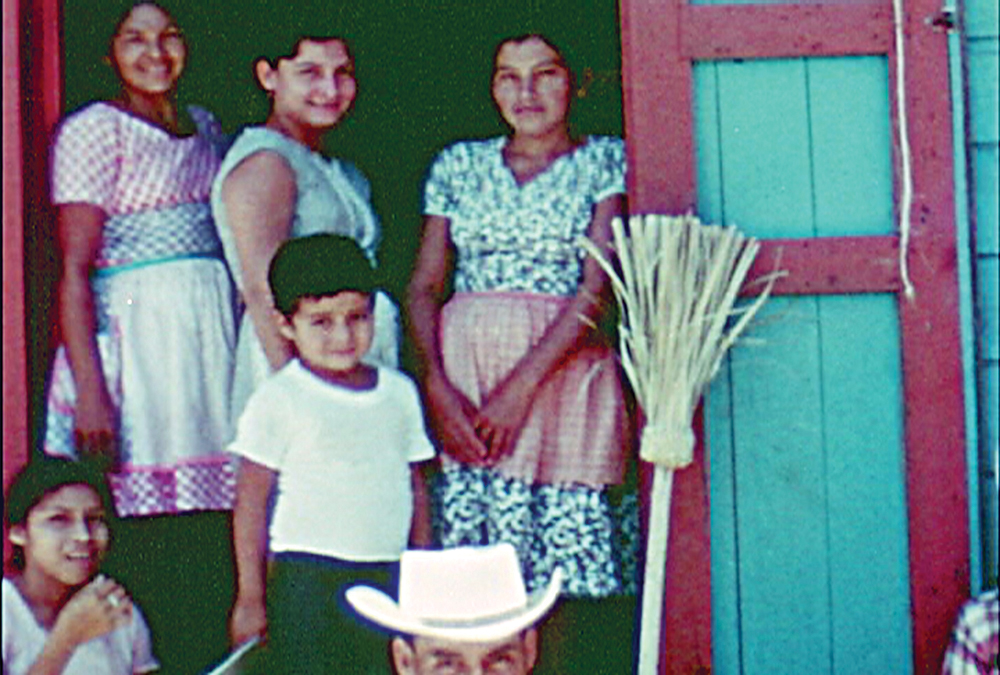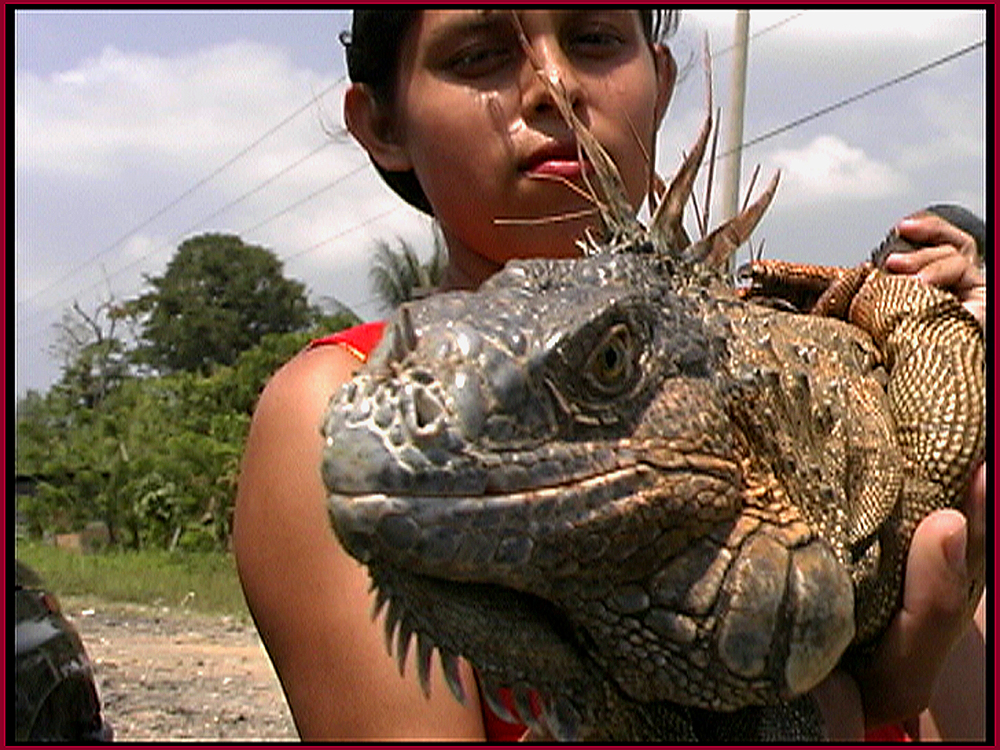New Artist Member: Leandro Katz
Posted August 29th, 2022 in Announcements, New Acquisitions, New Digital Files, New DVDs, News / Events

Canyon Cinema is thrilled to welcome the Argentinian/American filmmaker, author, and visual artist Leandro Katz to the collection!
Known for his films and photographic installations, Katz’s works include long-term projects that deal with Latin American subjects and incorporate historical research, anthropology, and visual arts. These include The Catherwood Project, a photographic reconstruction of the two 1850s expeditions of Stephens and Catherwood to the Maya areas of Central America and Mexico; Project For The Day You’ll Love Me, which investigates the events around the capture and execution of Che Guevara in Bolivia in 1967; Paradox, which deals with Central American archaeology and the banana plantations in the Maya region; and Vortex, which addresses the social and literary history of the rubber industry in the Amazon region of the Putumayo River.
Katz is the recipient of a Guggenheim Fellowship and grants from the National Endowment for the Arts, the Arts Council of New York, The Jerome Foundation, and the Rockefeller Foundation. His Lunar Alphabet was part of the first Art Basel Cities initiative in Buenos Aires in September of 2018, curated by Cecilia Alemani, and has been permanently installed at the entrance of Biblioteca Nacional Mariano Moreno. He is the recipient of Premio a la Trayectoria Artística given by the National Minister of Culture in 2021, and his installation work has been included in the Museo Nacional de Bellas Artes collection.
Katz was a member of the faculty at the School of Visual Arts, New York, the Semiotics Program at Brown University, Rhode Island, and a professor of Film Production and Theory at the School of Art and Communication, William Paterson University, New Jersey. Since 2005, he shuttles between Buenos Aires and Los Angeles.
Five of Katz’s films are now available from Canyon Cinema, including:

Los Angeles Station (1970/76, 10 minutes, color, silent, digital file)
Portrait of a small community living by the railroad tracks in the banana plantation region of Quiriguá, Guatemala. Originally a single take, this film is composed of alternating equal number of moving frames and frozen frames as the camera tracks alongside the train station.

Splits (1978, 27 minutes, color, sound, digital file)
Based on “Emma Zunz” by Jorge Luis Borges. The story of a young factory worker who in an act of revenge decides to kill her deceiving boss who was also her father’s former partner, believing that his deceit lead her father to prison, humiliation and death.

The Visit (1986, 30 minutes, b&w, sound, digital file)
“The Visit, originally a black and white slide show with a continuous soundtrack, to be projected on a cinema screen, tells of two men pursuing each other, as criminal adversaries as well as sexually, but it proceeds without explaining what the factual basis or the moral valence of their several encounters might be.” – From “Mutations of Film Narrative” by Christine Noll Brinckman and Grahame Weinbren, Idiolects 12 (1982)

El Día Que Me Quieras (The Day You’ll Love Me) (1997, 30 minutes, color, sound, digital file)
A non-narrative film investigating death and the power of photography, El Día Que Me Quieras is a meditation on the last pictures taken of Ernesto Che Guevara, as he lay dead on a table surrounded by his captors, in Bolivia in 1967. Not a political documentary in the traditional sense, the film alternates between evocation and straight reportage, centering on an interview with the Bolivian photographer Freddy Alborta. Suffused with a sense of mystery, El Día Que Me Quieras is about our assimilation of history.

Paradox (2001, 32 minutes, color, sound, digital file)
A magnificent figure emerges from the jaws of a mythical animal carved with inscriptions. Known as The Dragon of Quiriguá, this enigmatic stone altar is one of the most extraordinary ancient sculptures on the continent. Spared from deforestation during the introduction of banana plants at the end of the nineteenth century, the seventy-five wooded acres of the Maya site of Quiriguá, stand at the center of the Guatemalan lowlands of the South as a reminder of how things were before the region was turned into a banana republic. Quiriguá houses temple structures, pyramids, the tallest stelae, and Altar P, known as The Dragon. In a quiet and reflective tone, Paradox alternates between The Dragon of Quiriguá and the feverish activities of the harvesting and processing of bananas in the immediate region, moving through a community transformed by questionable labor and trade agreements.


